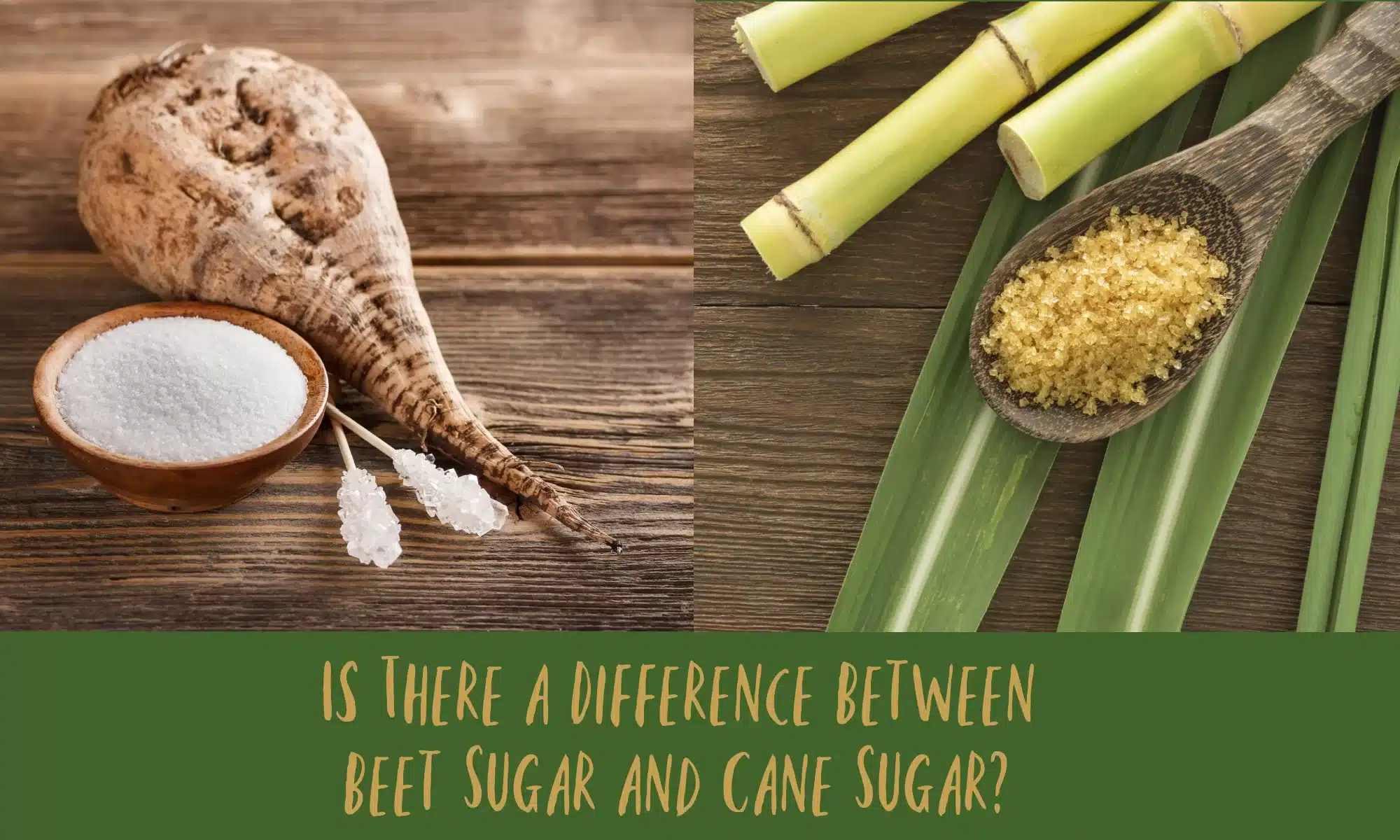Discover the Uses and Perks of Beet Sugar Vs Cane Sugar in Your Daily Diet Plan
Exploring the unique qualities of beet and cane sugar reveals even more than simply their sweetening capacities; it highlights their unique effects on health and cookeries. Beet sugar, recognized for its subtle taste, is frequently favored in fragile treats, whereas cane sugar, with its hint of molasses, adds splendor to robust dishes. Each type holds its very own dietary account and glycemic implications, inviting a deeper understanding of their functions in a well balanced diet plan and lasting usage practices.
Beginning and Production Processes of Beet and Cane Sugar

The distinct climates and soil types required for expanding sugar beetroots and sugarcane add to distinctions in their growing practices and geographic distribution, affecting the economics and sustainability of their manufacturing. beet sugar vs cane sugar.
Nutritional Comparison In Between Beet Sugar and Cane Sugar
Regardless of stemming from various plants, beet sugar and cane sugar are nutritionally very comparable, both mainly containing sucrose. Each supplies about 4 calories per gram, translating to roughly 16 calories per teaspoon. Structurally, both sugars are made up of roughly 99.95% sucrose, with minimal quantities of other compounds like moisture and trace element, which do not significantly modify their nutritional accounts.

Inevitably, when choosing in between beet sugar and cane sugar based on dietary material alone, both offer identical benefits and disadvantages as they are basically forms of the same molecule-- sucrose, offering fast energy without various check this site out other nutrients.
Effect On Health And Wellness: Glycemic Index and Caloric Content
Checking out further right into the results of beet sugar and cane sugar on wellness, it is vital to consider their glycemic index and calorie content. The glycemic index (GI) of both beet and cane sugar is around 65, categorizing them as high-GI foods, which can trigger fast spikes in blood sugar levels.
Each type of sugar contains around 4 calories per gram, making their caloric content matching. For those keeping track of calorie consumption, particularly when taking care of weight or metabolic health conditions, recognizing this equivalence is crucial (beet sugar vs cane sugar). Extreme intake of any type of high-calorie, high-GI food can add to health problems such as weight problems, heart disease, and insulin resistance.
Environmental and Economic Considerations of Sugar Manufacturing
Beyond health influences, the manufacturing of beet and cane sugar also elevates considerable ecological and economic concerns. Sugar beet growing often tends to need cooler climates and has a reduced geographical footprint contrasted to sugar cane, which prospers in exotic regions. Both plants are extensive in terms of water use and land occupation, possibly leading to logging and water deficiency. Economically, the global sugar market is highly volatile, influenced by adjustments in global profession plans and aids. Lots of nations incentivize sugar manufacturing with financial backing, skewing market value and influencing small farmers adversely.
In addition, making use of pesticides and plant foods Clicking Here in both beet and cane sugar growing can result in soil degradation and contamination, further influencing biodiversity and local water bodies (beet sugar vs cane sugar). The selection between growing sugar beet or cane often pivots on local ecological problems and economic aspects, making the sustainability of sugar manufacturing an intricate problem
Culinary Applications and Flavor Distinctions
While the environmental and financial aspects of sugar manufacturing are without a doubt significant, the selection between beet and cane sugar additionally influences culinary applications and flavor accounts. Beet sugar, originated from the sugar beet plant, is known for its extremely neutral taste. This makes it a versatile active ingredient in cooking, where it does not alter the flavor of various other parts. It dissolves promptly and is optimal for usage in cakes, cookies, and pastries.
Walking stick sugar, extracted from sugarcane, typically preserves molasses traces, which present an unique richness and deepness. This mild molasses flavor enhances the intricacy of baked items, sauces, and sauces. It is particularly favored in things where a sugar undertone is preferred, such as in brownies or gingerbread. The minor variation in dampness content between beet and cane sugar can impact the structure and uniformity of dishes, making cane sugar a preferred choice for particular dishes that profit from its special residential or commercial properties.

Verdict
To conclude, both beet and cane try these out sugar have unique beginnings and manufacturing processes, using comparable dietary accounts with minor differences in salt content and taste. While their effect on health, specifically relating to glycemic index and calories, is similar, the option in between them often boils down to ecological, financial variables, and details culinary requirements. Recognizing these elements can direct consumers in making educated decisions that straighten with their wellness goals and flavor preferences.